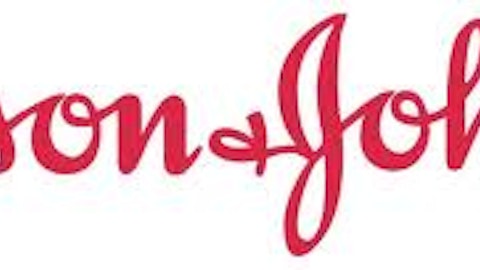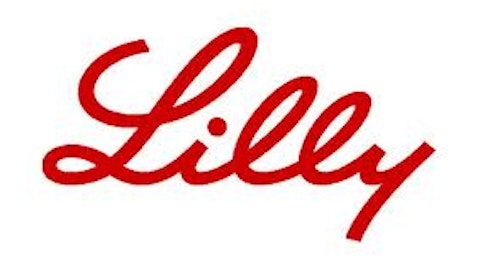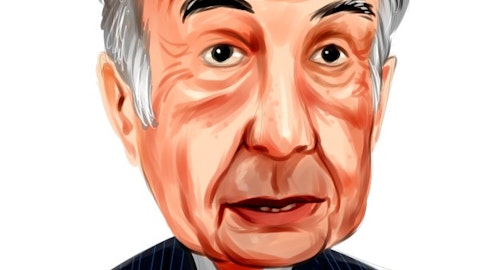An investor could also consider picking up a call on Merck & Co., Inc. (NYSE:MRK). Merck & Co., Inc. (NYSE:MRK) is currently selling at $42, which means that offering a 4% dividend is not overly expensive. However, should it have a breakthrough trial, its upside could be considerable. The Jan. 2015 $47 Call is selling at $2.05. Is it expensive? Well, consider that if Merck & Co., Inc. (NYSE:MRK) does have a breakthrough trial it may not be out of the realms of possibility for its shares to reach $60, offering a potential $1300 return should it achieve this gain.
One of Merck & Co., Inc. (NYSE:MRK)’s key bullish factors is its serious commitment to designing a successful drug for treating Alzheimers Disease. In a recent interview Merck CEO Kenneth Frazier responded when questioned about Merck’s decision to continue Alzheimers drug research:
“When people question me (and ask) ‘Aren’t you putting a lot of money at risk for something that’s hard?’ I say, ‘Isn’t that exactly what the world wants a company like Merck to do?'”
But Merck and Pfizer may both fail and not produce any gains. How about if we added Eli Lilly & Co. (NYSE:LLY) to the mix?
Shares of Eli Lilly are currently selling at $53.77, but the Jan. 2015 $60 call is selling at $2.07. If we were so fortunate to have Eli Lilly & Co. (NYSE:LLY) succeed in a breakthrough trial, shares of the company could well hit $75. If this happened we could be sitting on a $1500 gain.
What makes me bullish about Eli Lilly & Co. (NYSE:LLY) is it’s pipeline. It is as rich and diverse as it has ever been. With over 50 molecules currently in either Phase 1, 2 or 3 trials, to me it is just a matter of time before Eli Lilly & Co. (NYSE:LLY) hits pay dirt. With the nature of the pharmaceutical industry, just 1 or 2 successful products can mean billions in long term revenue. Yes, the odds of success may be low, but the payoff can be enormous.
A finger in each pie approach
This method, although by no means fool proof, offers what might be argued as the somewhat reasonable possibility of a significant payoff. Yet the total risk / cost to your imaginary retirement fund is just 3%, spread over a time frame of nearly 2 years.
Even if the rest of the retirement capital was placed in high yield savings account, the cost of the trade would be significantly repaid by expiry.
If one of these trades were to race away the fund might well deliver a return of $1300-$1500–that’s roughly a 6%-8% return on overall funds. Admittedly it’s not a life altering return, but it needs to be remembered what was risked to achieve it. At a known maximum loss of just 3%, this is a payoff profile of about 2.5 to 1.
There is no risk of margin, and no risk of major losses to retirement funds; just the upfront risk of the call options. This is realized at the start. This means no sleepless nights worrying about your investment ‘gapping down’ or receiving those dreaded calls from your broker demanding more cash because your account is in margin.
The article Which Pharmaceutical Stock Should You Invest In? originally appeared on Fool.com and is written by Jarrod Bailey.
Copyright © 1995 – 2013 The Motley Fool, LLC. All rights reserved. The Motley Fool has a disclosure policy.





